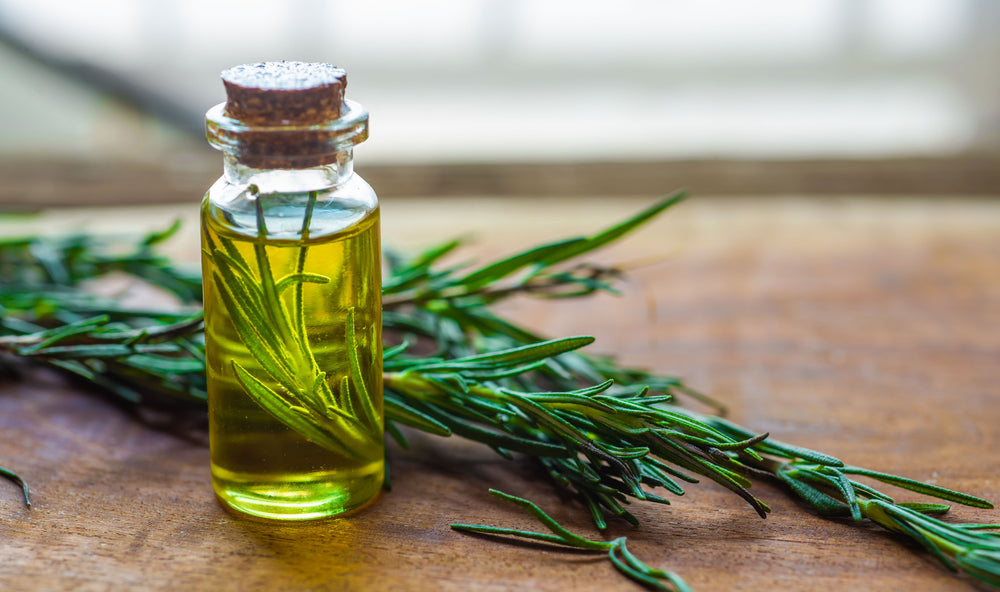How to make rosemary extract with alcohol?
1. Where to buy rosemary extract
The GAP quality standard of rosemary ingredients has detailed settings for the purpose and effective ingredients, origin, species identification, harvest, smell, packaging, transportation, storage, pesticide residues and heavy metal content of rosemary raw materials. The rosemary raw materials used in the experiment were tested, and the results showed that the raw materials used in the experiment contained carnosic acid 3.35%, rosmarinic acid 0.51%, rosemary essential oil 3.02%, and no heavy metals and pesticide residues exceeded the standard. Phenomenon, the raw materials meet the GAP quality standard.
2. Rosemary oil extract
After fresh rosemary is picked, carnosic acid and other antioxidant active compounds are easily degraded during the drying process. The microwave pretreatment method can effectively maintain the content of carnosic acid and rosmarinic acid, and at the same time, the essential oil components can be pre-processed. The processing process is extracted and the method is innovative. After microwave extraction of essential oils, rosemary leaves, the three main antioxidants, carnosic acid, carnosol and rosmarinic acid, can be maintained at a high level during a long storage period. The fresh rosemary leaves without any pretreatment were picked and stored. After 10 to 14 days, the contents of carnosic acid and rosmarinic acid were significantly reduced. It can be seen that the microwave treatment method not only requires a short time and high yield when extracting essential oils, but also can be used as a pretreatment method for fresh rosemary crops before storage.

3. Carnosic acid structure
YANGGE BIOTECH INGREDIENTS experiment carried out an effective method to extract carnosic acid and rosmarinic acid from rosemary, and screened the ionic liquids from carnosic acid and rosmarinic acid in rosemary by ultrasonic extraction. The experimental result is that [C8mim]Br is the ionic liquid with the highest extraction efficiency for extracting carnosic acid and rosmarinic acid in rosemary. At the same time, the optimal ultrasonic extraction conditions for the ultrasonic extraction of carnosic acid and rosmarinic acid in rosemary with ionic liquid were also studied. After optimizing the conditions, satisfactory extraction efficiency of the two target substances can be obtained. Compared with other methods, the ultrasonic extraction method has higher extraction efficiency and can reduce the extraction time. The optimal experimental conditions were determined to be [C8mim]Br concentration 1.0mol/L, material-to-liquid ratio 1:20g/mL, soaking time 2h, ultrasonic time 30mmin, ultrasonic power 200W, and extraction times as 2 times. Compared with traditional extraction methods, this method simultaneously extracts carnosic acid and rosmarinic acid from rosemary has the characteristics of high extraction rate and short extraction time. Compared with the conventional solvent ethanol, it has improved. At the same time, this method has also been proved to be helpful for the development of resource-saving and environment-friendly carnosic acid and rosmarinic acid extraction methods.

4. Rosemary extract recipe
On the basis of obtaining rosemary perfume extract and alcohol extract, 10:1 of water extract and alcohol extract was selected as the optimal water-soluble powder formula. The obtained water-soluble powder has good solubility, the average particle size is 930nm, and the carnosic acid content is 0.7%. Rosemary water-soluble powder has good anti-inflammatory and anti-oxidant abilities. The results of investigating the weight gain of mice after 15 days of feeding show that the water-soluble rosemary powder has a good effect on reducing the weight of mice. It has the potential to be developed as a weight-loss health product. We selected the rosemary effervescent powder preparation formula as follows: each 100g effervescent powder contains 30g rosemary water-soluble powder, 27.5g citric acid, 32.5g sodium bicarbonate, and 10g lactose. The dissolution time limit of rosemary effervescent powder prepared by this formula is 20s, and it is a stable, clear and light yellow liquid after dissolution. The SC50 value of rosemary effervescent powder for scavenging DPPH free radicals is 4.64mg/ml, which has good antioxidant properties and good application prospects.

Send Inquiry
Related Industry Knowledge
- Lactoferrin: What It Is and Why It Matters for Your Health
- How to make food colour at home
- How much coq10 should i take
- Where to buy soy lecithin?
- Mental and Health Benefits of Mushroom Supplements
- Is Mushroom Supplement for Weight Loss Effective
- Methionine Inositol and Choline for Weight Loss
- Pure Creatine Monohydrate Powder Flavored and Dosage
- Organic Sunflower Lecithin for Breastfeeding
- Is Spirulina Safe During Pregnancy

